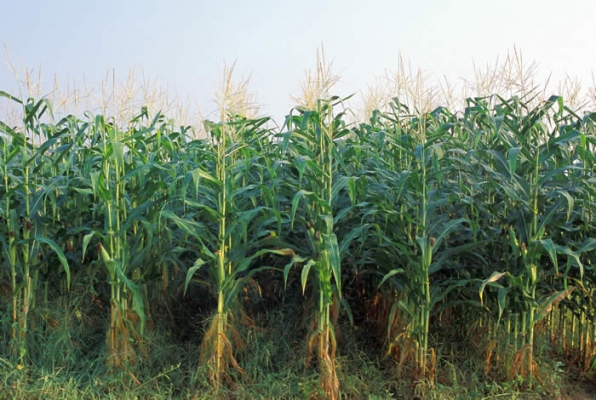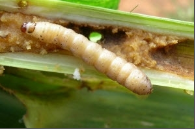General Information
It is commonly known as Makchari. It is a succulent fodder with average height of 6-10feet. The leaves are longer and broader. The plant has lateral branches which is too long. Female inflorescence which is also known as ‘ear’ possesses 5-12 kernels. It is native to Mexico and Central America. In India, Punjab is the major Teosinte growing state. It provides fodder mainly in the month of November and it remains green for longer time.












